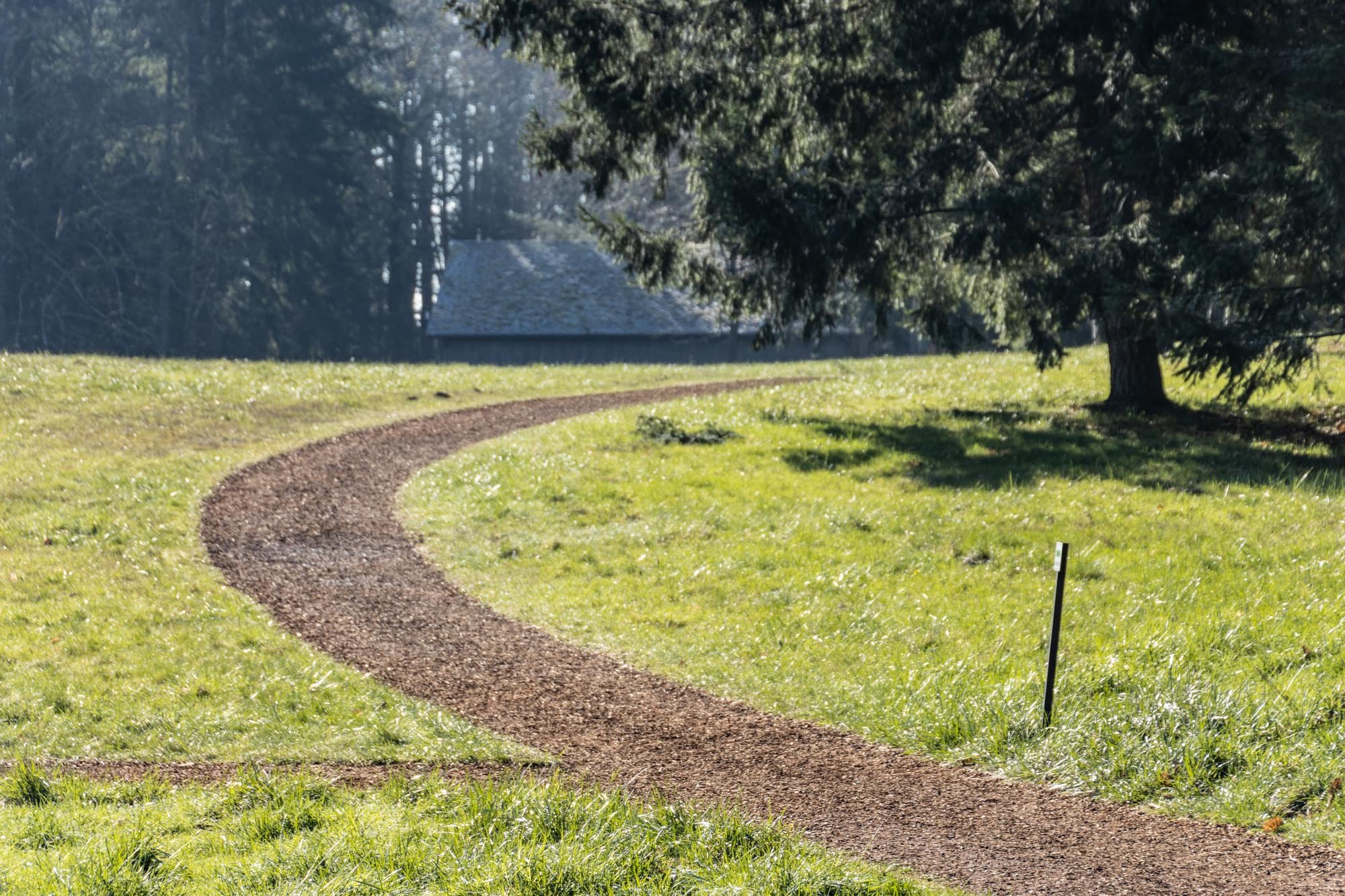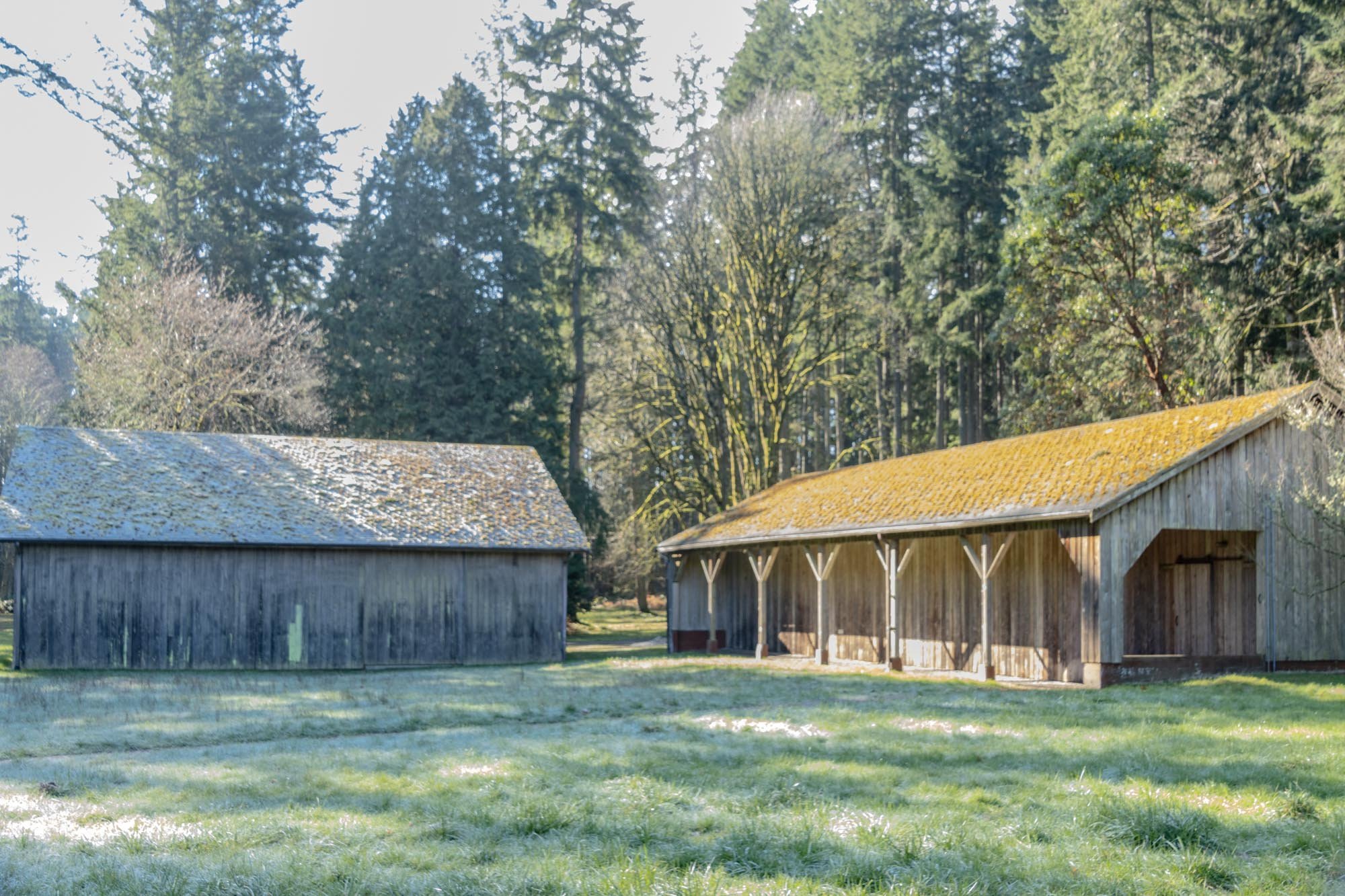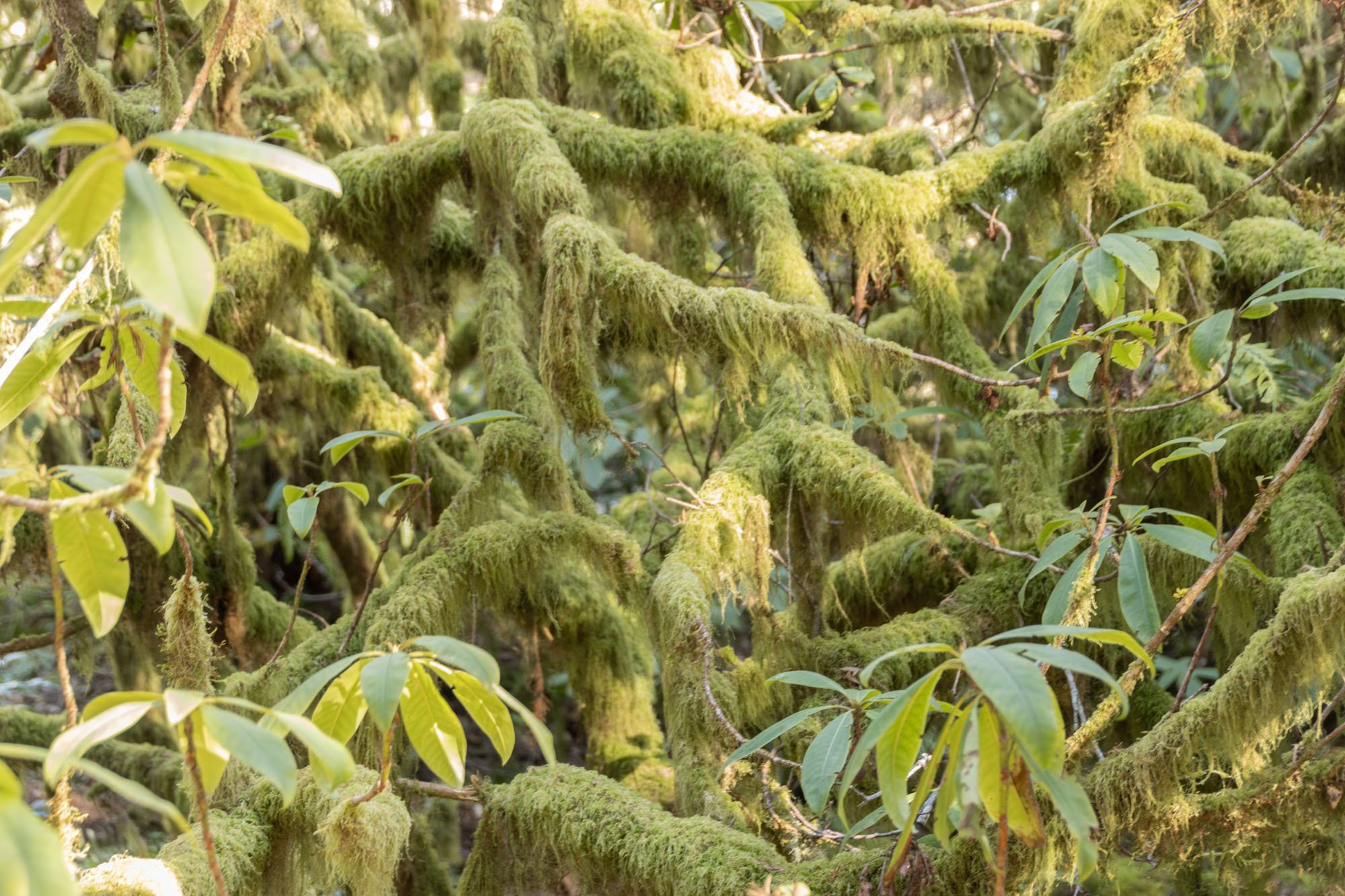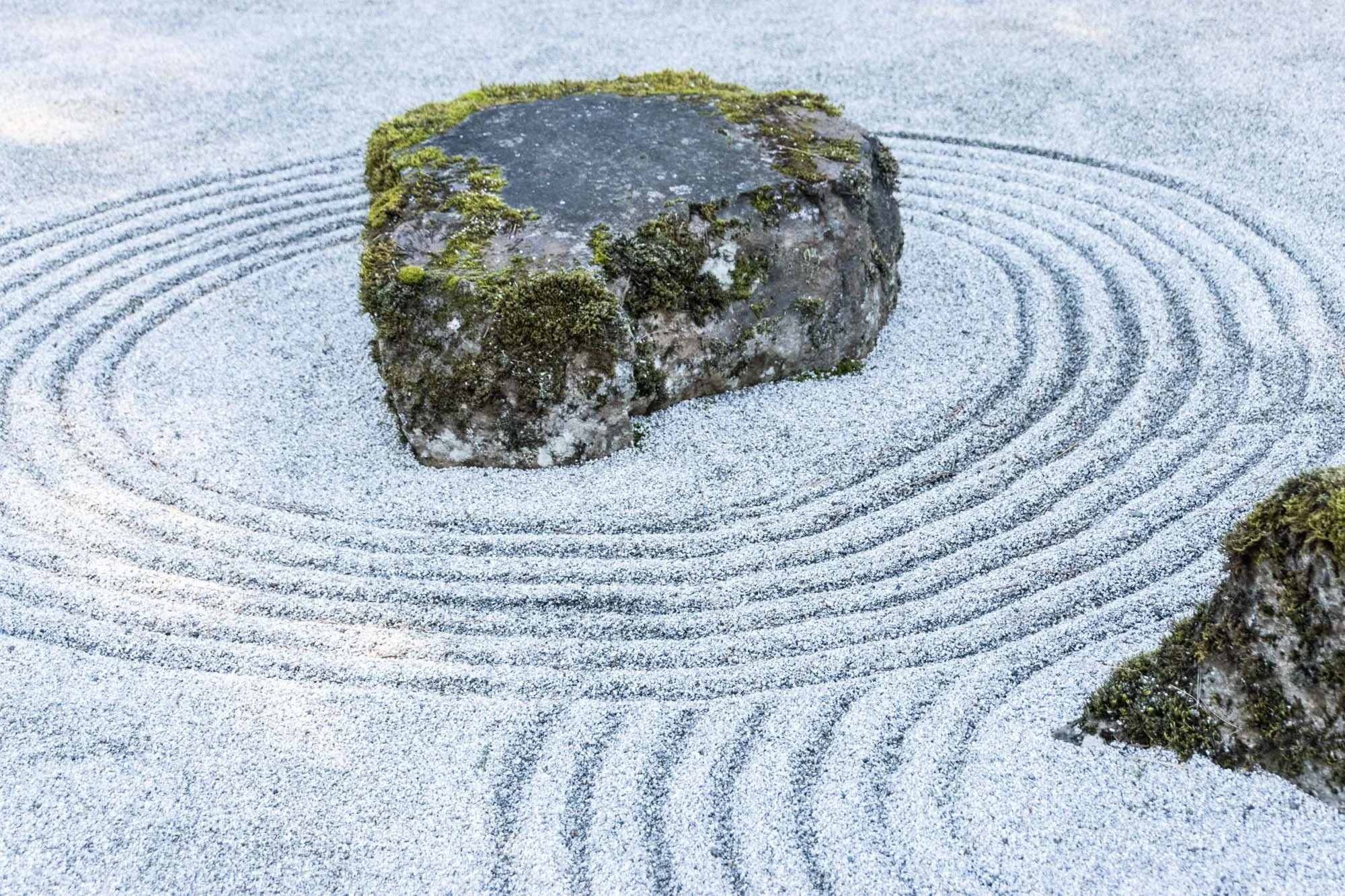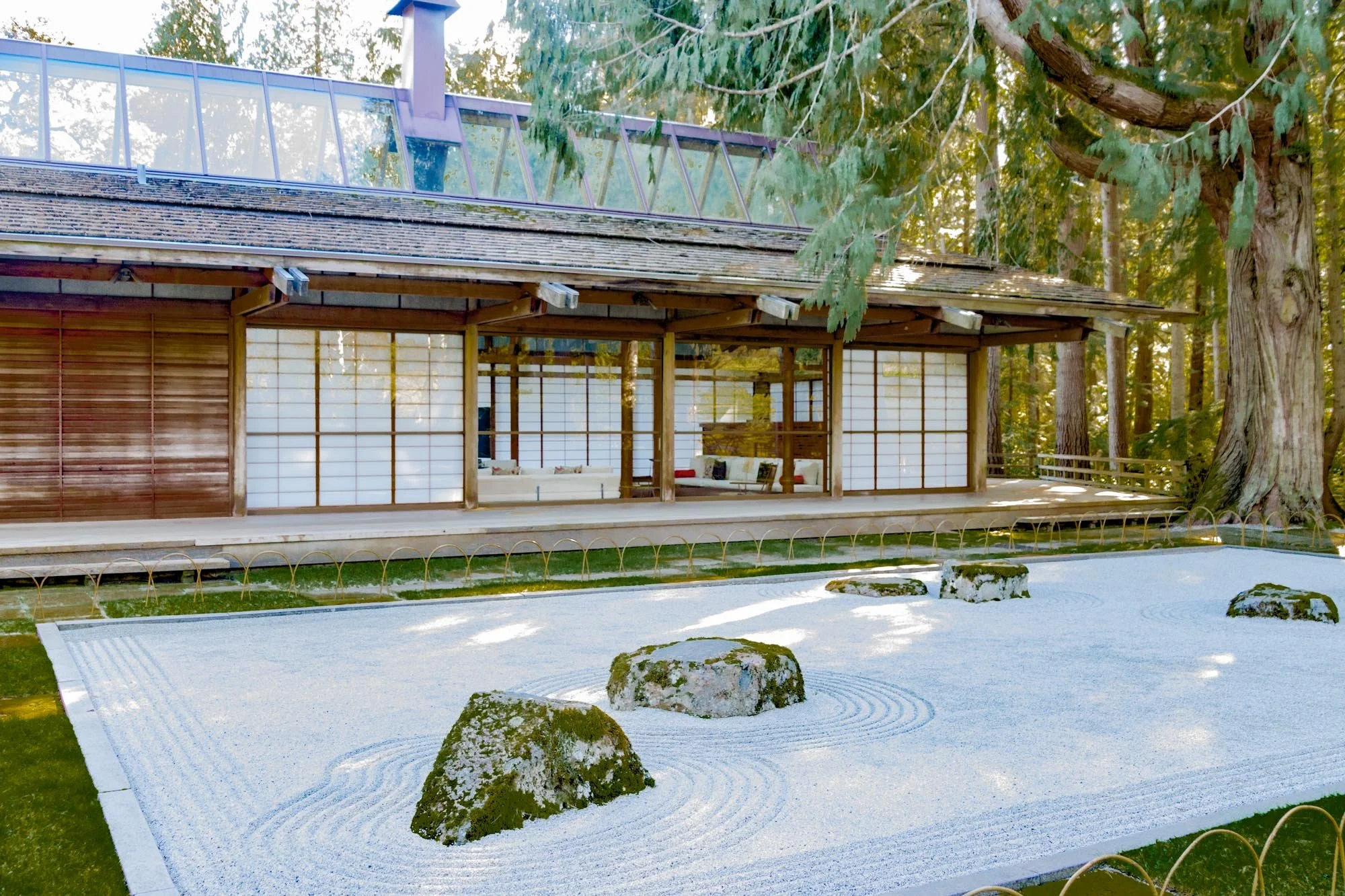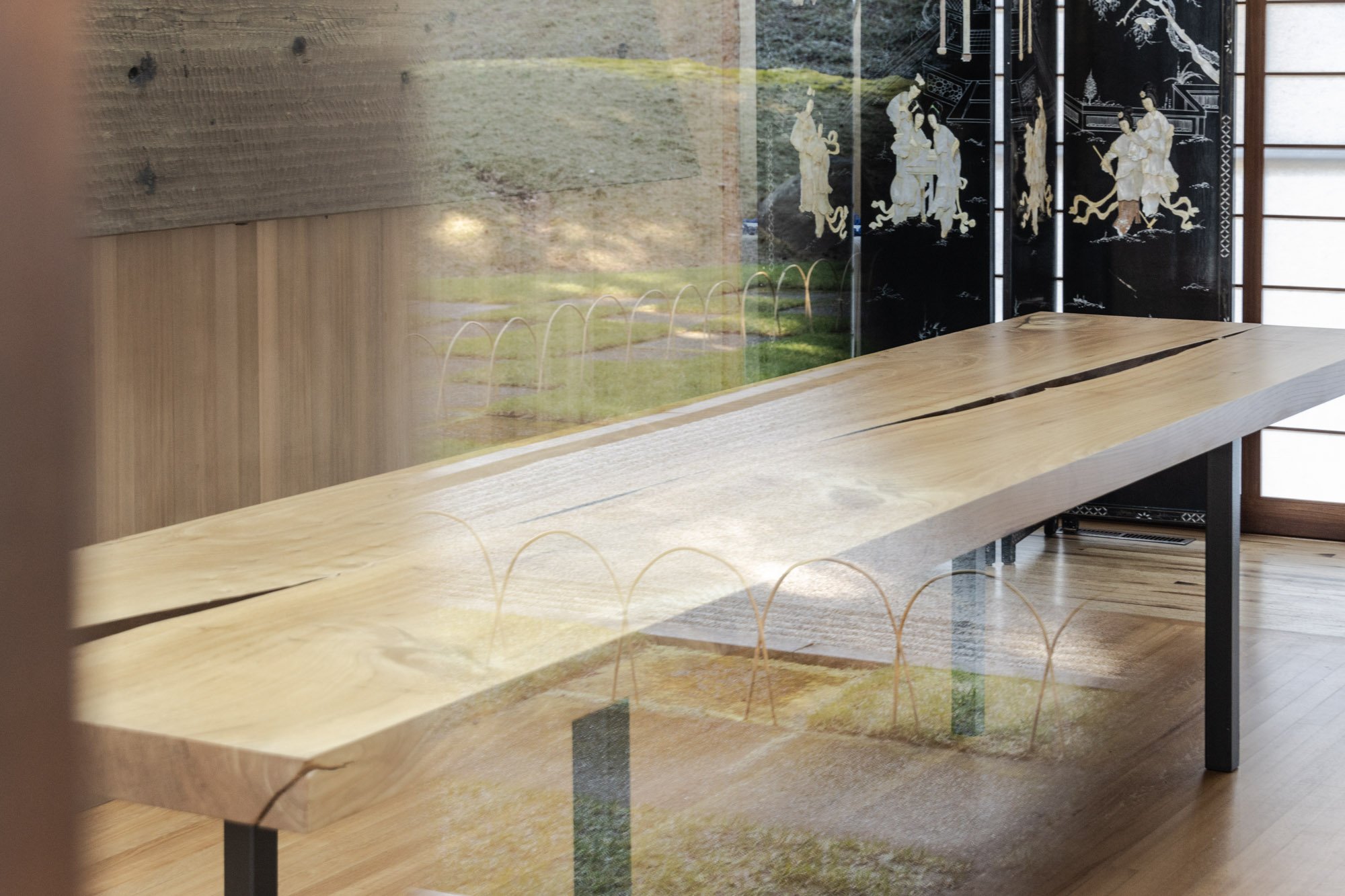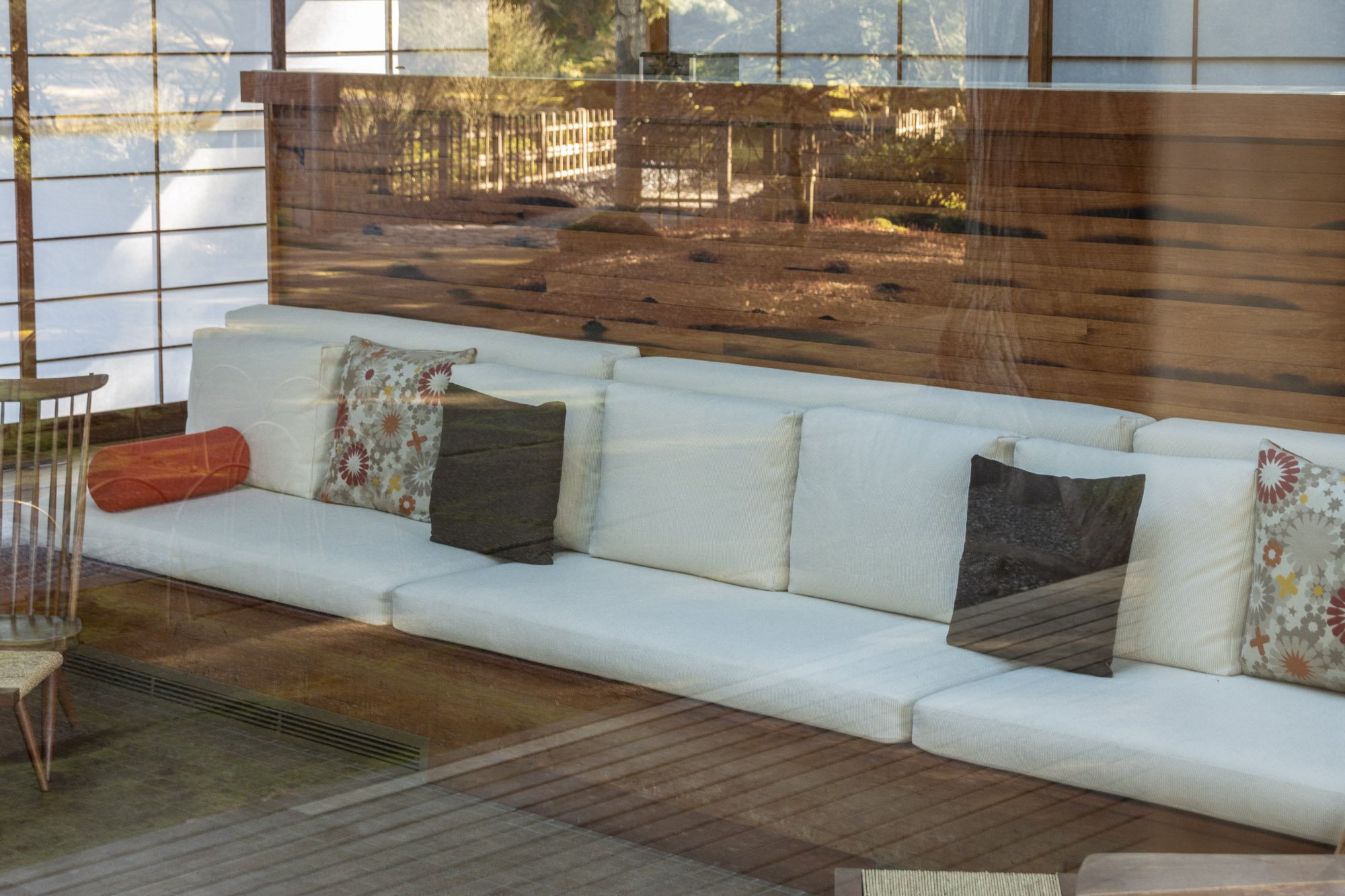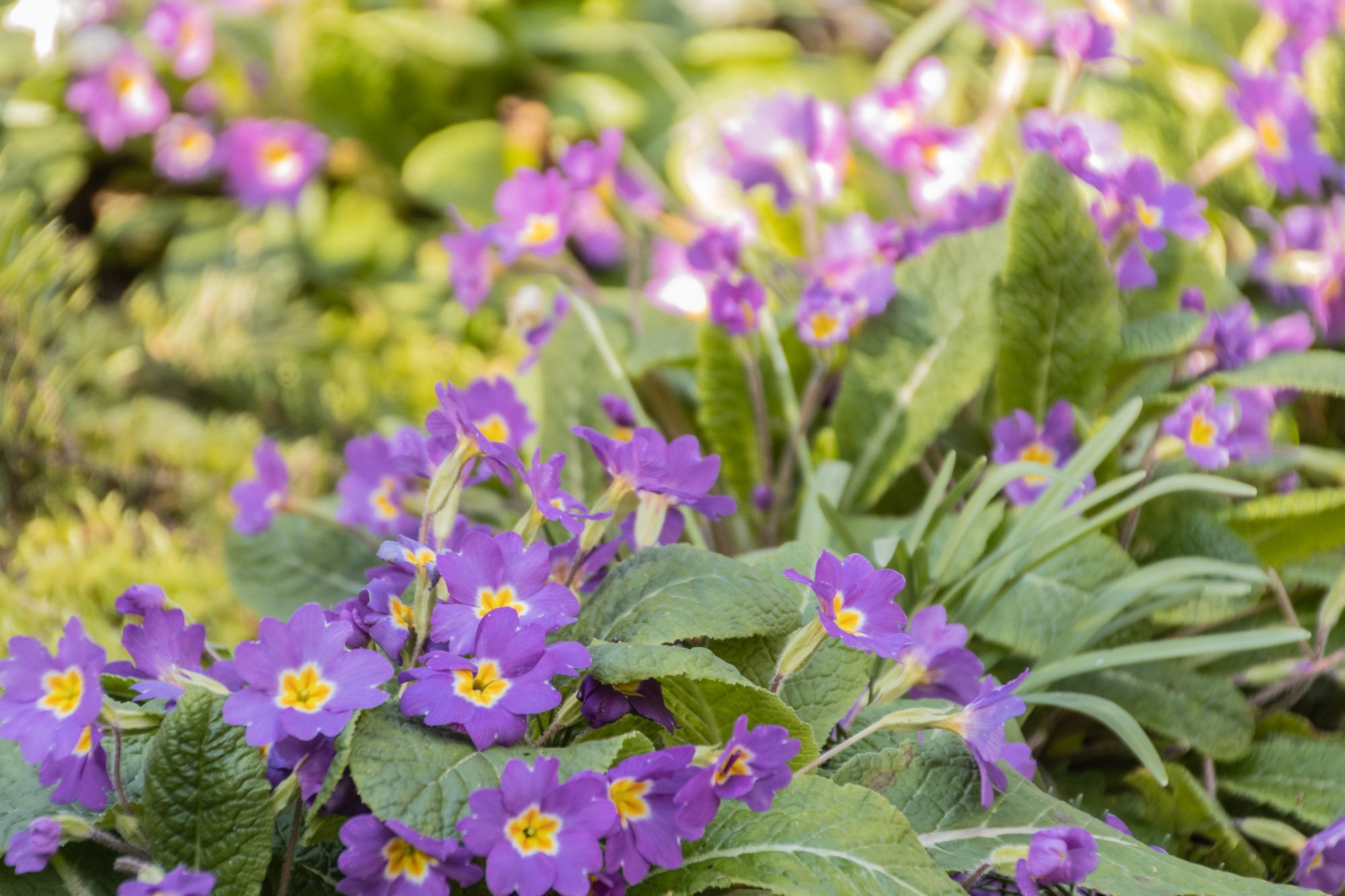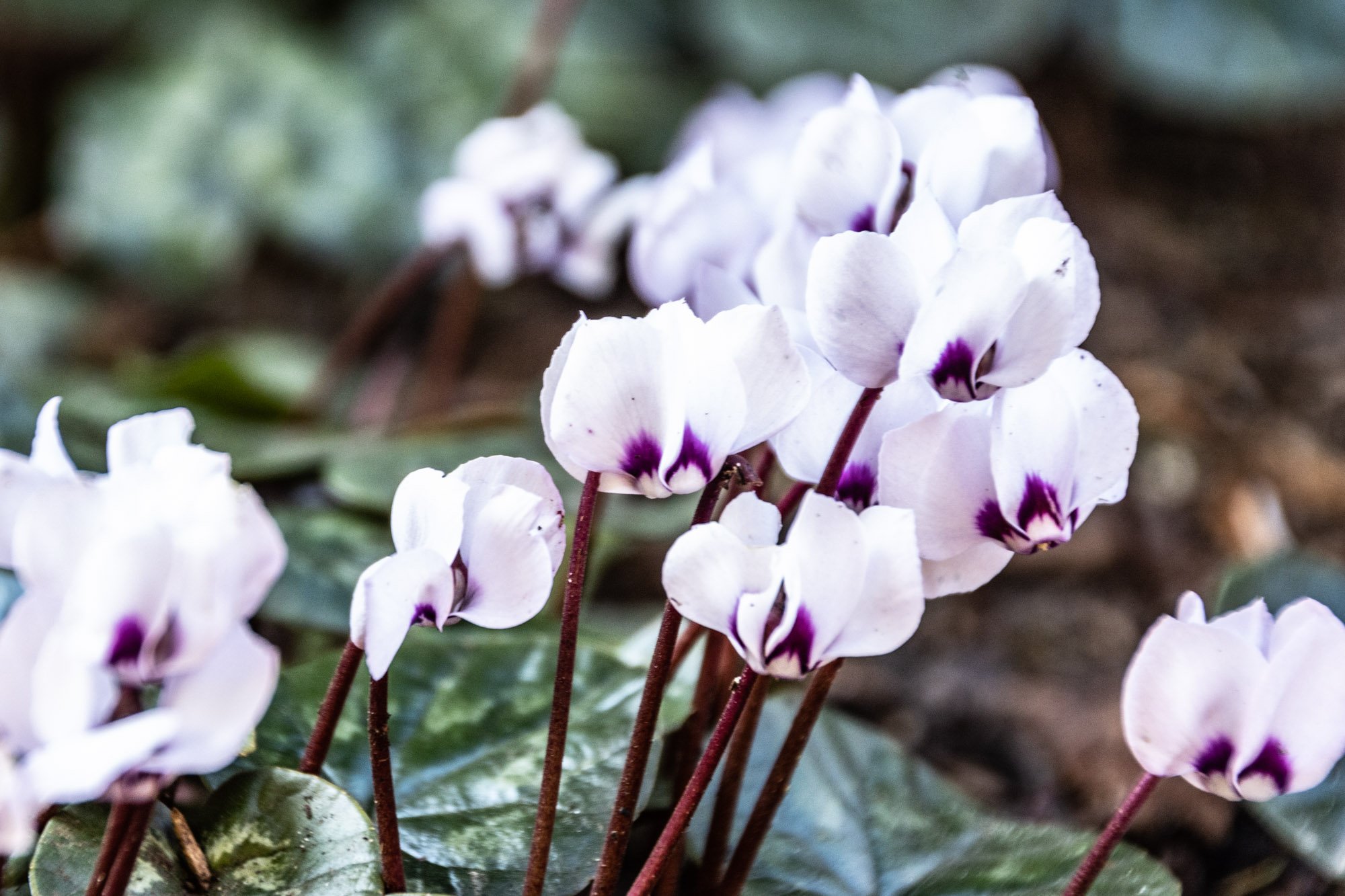Bloedel Reserve
I was truly amazed when I visited Bloedel Reserve on Bainbridge Island last week. I’ve photographed several gardens recently and didn’t think this one would be much different. I also thought it was too early in the season to see really spectacular foliage and colors. My friend Linda, who lives on Bainbridge, discouraged me from waiting. So I gave in and I guessed that I’d spend no more than 1-1.5 hours there. Three and a half hours and 5 miles later I returned to my car with close to 400 images. There are gardens at Bloedel Reserve, but so much more.
It was a brisk but sunny morning and the color of the grass fluctuated between green and frosted white as I moved in and out of shade from bordering trees. The walking trail starts at a large meadow that lead me toward sheds where a flock of sheep had previously lived. The sheds also form a backdrop for musical concerts and Shakespeare performances during the summer. It was a modest start to a multifaceted 150 acre haven.
There are multiple areas of woodlands where I found groves of second-generation trees and forests of cedars, firs and ferns. And as the land transitioned through the damp weather toward spring, many of the trees display their shares of moss. I’ve never seen a rhododendron so well masqueraded.
The large Buxton Bird Marsh and Meadow serve as home for nesting birds, migratory and resident ducks and geese, and an abundance of dragon flies. In the spring and summer there are 50 varieties of native wildflowers in bloom. The designers of the Reserve were creative as they designed bridges and boardwalks to keep our feet dry, and more importantly to protect the boggy, but thriving areas. This pond was originally an irrigation pool but as time went on the vision changed to make it more of a functional experience for its visitors. The renovation resulted in “an ecological, habitat-focused landscape design featuring water, open space, light, gentle landforms, and plants, all carefully choreographed to celebrate the uniqueness of this section of the Reserve”.
Some of the most striking images were the Himalayan birch trees. On the designated Birch Trail, the dramatic trees stood out like light bulbs. The illumination of their gleaming white bark in contrast with the dark green and browns surrounding them is dramatic. Because of their thin, peeling bark, in ancient times their bark was used as paper for Sanskrit scripture.
As I crossed more boardwalks and passed a smaller pond, my eyes suddenly noticed a large, stately building in the distance, once the home of Prentice and Virginia Bloedel. Parts of the main floor are open for visitors and information is displayed about the history of the land and the vision for its conservation. The rear of the house reveals a steep bluff leading to a meadow where I enjoyed watching goats that were passing through. More striking is the expansive, peaceful view of Port Madison Bay.
Walking through one of the two gates to the Japanese Gardens I felt like I was entering a sacred space. In fact, gates are one of the significant structures in a Japanese garden. Called a “mon”, the gate is the entry into a place where humans and nature come together. The gardens include a collection of trees surrounding a pond with cherry trees that were just in their blossom’s infancy the day I was there. Those and the large laceleaf maples must be magnificent in their bloom season. Created in 1955 by Fugitaro Kubota, the gardens have twice been named as one of the top ten Japanese Gardens in the world.
The Sand and Stone Garden is striking simple and designed to inspire meditation and reflection. Originally the site held a swimming pool. However, In the 1970’s, after a guest of the Bloedel’s had a heart attack and died in the pool, it was replaced by a sculpture called “Garden of Planes”. Then in 1987, the board and the Reserve director felt that stone and sand would be more in keeping with the design of the rest of the Japanese Garden. Dr. Koichi Kawana, a landscape architect at UCLA, was hired to design and install the current garden. The sand and stone component of Japanese gardens is typically set away from the rest of the gardens and meant to be viewed only, and do not allow visitors access.
The Japanese Guest House was designed in a combination of Japanese temple architecture and that of Northwest Coastal Native American longhouses. It is constructed exclusively with native woods and repurposed materials, primarily Alaskan Yellow Cedar, Western Red Cedar and Douglas Fir. The interior flooring is teak, salvaged from decking material taken from the battleship USS New Jersey during one of its decommissioned periods. The house had previously been used for guests of the Bloedel family. More recently it has been closed to visitors, but the simple but colorful interior is visible through the windows. The dining room table was made from two elm trees that been near the front of the residence but were taken down after nearly hitting some visitors when a large branch fell.
The Moss Garden fills two acres with over 40 different types of mosses and lichens. I felt like I was walking through lush green carpeting that draped the decaying tree stumps. The garden was created in 1982 by planting 275,000 plugs of Irish moss that were eventually colonized by native mosses. I wish the moss in my yard was as beautiful as this.
Passing the Reflection Pool and walking through the final trail, I saw a variety of blooms peaking through their leaves, wishing the sun would stay out for a few days longer. Bloedel Reserve is a tapestry of colors, textures, and aromas. By the time I finished I felt like I had explored a number of different neighborhoods – each with its own characteristics.
Bloedel Reserve is a public nature reserve, and every season has new things to discover. From trails and bridges, ponds and boardwalks, waterfalls, gardens and fields, I moved among different nature communities, hardly noticing subtle changes until I was fully immersed in the next one.


